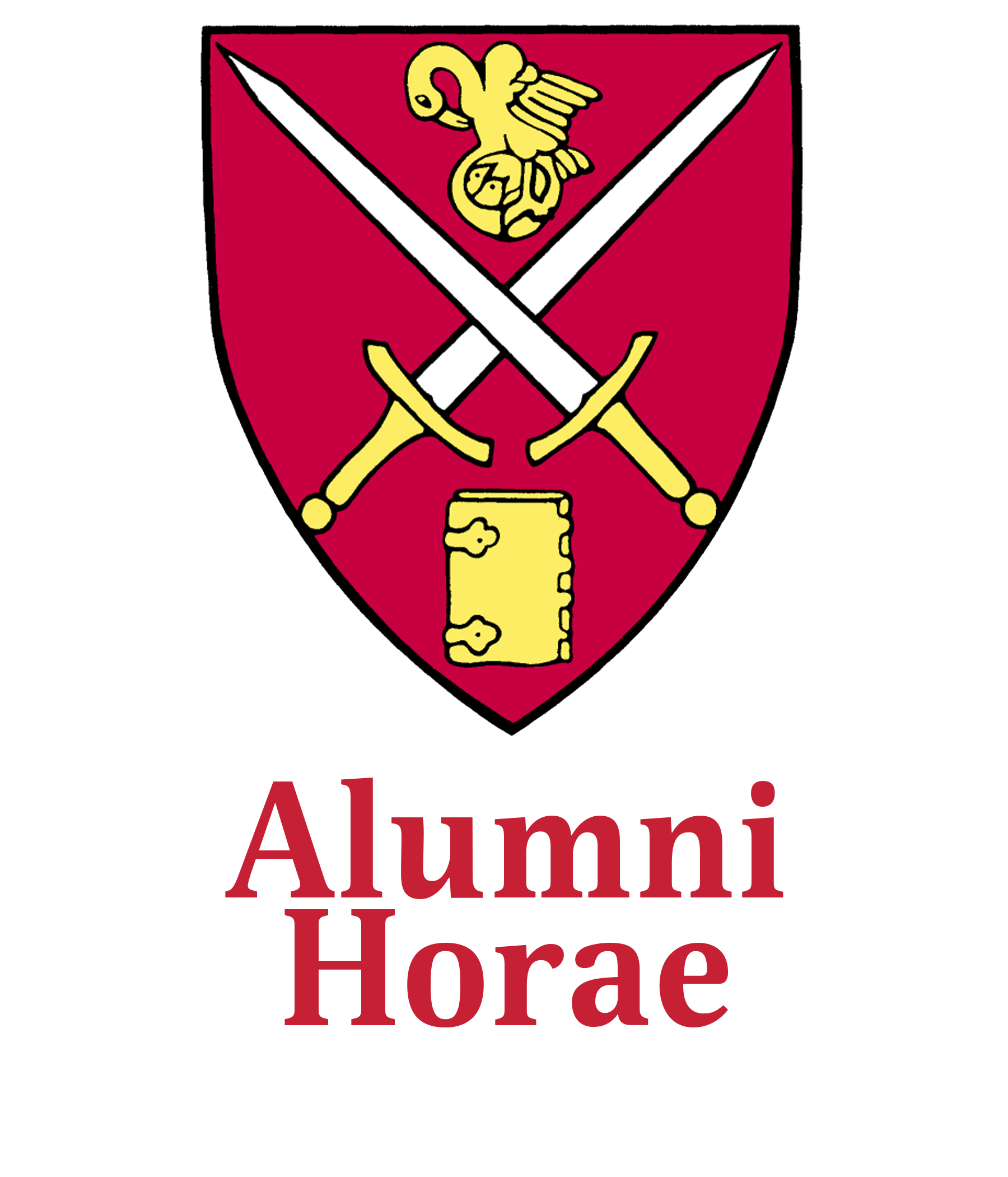Profile: A Teaching Mission
Science teacher Richard Woodward ’80 engages students in his high-poverty Georgia county with hands-on learning.
Michael Matros
Distance learning is “a work in progress,” says science enrichment teacher Richard Woodward ’80, whose charges include all 500 students at Fowler Drive Elementary School. With schools closed to mitigate the outbreak of COVID-19, his challenge isn’t just the numbers, but also technology and the various home situations for kids in high-poverty Clarke County, Georgia. During normal times, third through fifth graders are provided laptops for school use, and many parents have come to pick them up for home. But, says Woodward, “I’d be willing to say it’s less than 50 percent who have wireless, and probably fewer with a printer at home.”
And, while some parents are able to help out with their kids’ assignments, Woodward says, “If you’re laid off, the last thing on earth you’re thinking about is doing your child’s math assignment.” This summer, it was announced that the Clarke County School District will continue distance learning by starting the 2020-21 school year with all students participating in virtual instruction, beginning September 8. For remote instruction during the initial COVID shutdown, Woodward made use of the classroom communication tool Class Dojo for K-2 students, who were not provided laptops or iPads. Children in grades 3-5 received primarily asynchronous instruction via Google Classroom, supplemented by weekly Google Meets and visits by Woodward to colleagues’ synchronous classrooms.
“Truthfully, it was rough,” he admits. “It required learning digital classroom techniques and trying to fully implement them in a week. Most of my lessons were prefaced by, ‘Do this if you are really interested. You will learn something and most likely have fun.’”
It’s another transition for Woodward, who found his calling as a teacher after trying a few other paths. After SPS, he intended to be a lawyer. A conversation with his father, Dick Woodward ’49, convinced Woodward he was more interested in botany. The next steps were a bachelor’s and master’s in plant science from the University of Delaware, and then on to the University of Minnesota for a Ph.D. in plant pathology. There, Woodward met and married Jean, also a plant pathologist. The first one to find a “real” job would move wherever that was, and the other would follow. The University of Georgia invited Jean to join its faculty, and so they both came down South. While writing grants for a post-doc, Woodward worked in an Athens botanical lab, helping growers and answering questions for the public. Eventually, he left to establish an independent lab. He soon found himself volunteering with second graders at Oconee County Primary School, where his sons were students. He liked it. Woodward continued running his laboratory while attending night classes at a local college to earn his K-5 certification.
University of Georgia faculty children usually attend Barrow Elementary or another school in one of Clarke County’s more affluent neighborhoods. Fowler Drive Elementary doesn’t get those kids. While other Athens neighborhoods have become gentrified, Fowler Drive School is one of the poorest in the county, with almost all students either African- American or Hispanic, all of them on the free school lunch program. Elsewhere, parents with better resources, or a better education, or just more time on their hands can essentially act as co-teachers, Woodward explains. But too many parents of his students aren’t so fortunate. And so, certain “obvious” facts aren’t that obvious. Woodward joined the Fowler Drive faculty in 2005. He taught third grade for the first seven years, then fourth grade for two. Another opportunity arose when the science literacy teacher retired, and he took over the position. Since then, he’s been in charge of science enrichment – or the “STEM lab” – for every child in the school, years K-5. Collaborating with the classroom teachers, Wooodward follows the state standards for each grade. Frankly, he says, it’s more of a challenge than third grade.
“It’s a lot easier to give your all for 20 to 25 kids,” he says, “but now I have to worry about 500 kids.” Fifteen years into his teaching career, and in the midst of a pandemic, Woodward challenges students with small projects. From their distant home classrooms, some students are able to take a picture of their project and send it back with a note. For those from whom Woodward does not receive a reply, he contacts guardians and teachers to check on their welfare, sometimes learning that the family has moved.
“Everyone takes wireless as a given, but that is not the case,” Woodward says. “I read about some districts that used school buses as mobile hot spots. That is a great idea, but our district’s buses were mainly used in food delivery.”
He expects a smoother process this fall, though he understands some of his students still may not be able to participate in remote classes for a variety of reasons. “This is the billion-dollar question,” Wood- ward says. “All you can do is use every resource available to you, your school, and your district to help that child. There is no easy answer.”

